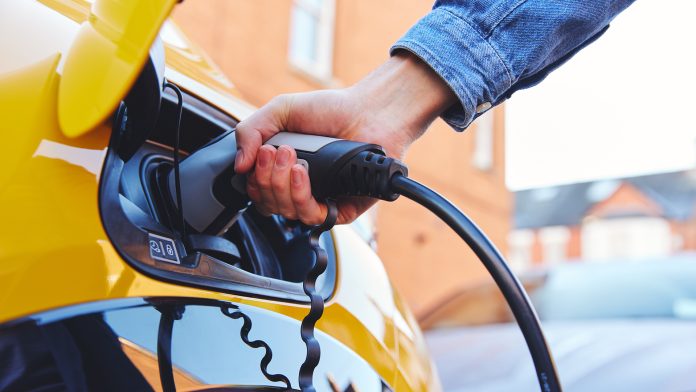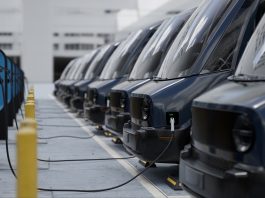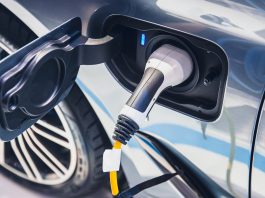A new report from the European Automobile Manufacturers’ Association (ACEA) has revealed that the EU is significantly behind in its EV charging infrastructure rollout.
Between 2017 and 2023, sales of electric cars increased three times faster than EV charging points were installed in the EU.
The ACEA report found that eight times more EV charging points in Europe will need to be installed annually to meet the EU’s CO2-reduction targets.
The staggering gap between the volume of electric cars on European roads and current access to public EV charging jeopardises the EU’s transition to electrification.
ACEA’s Director General, Sigrid de Vries, explained: “We need mass-market adoption of electric cars in all EU countries to achieve Europe’s ambitious CO2-reduction targets.
“This will not happen without widespread availability of public charging infrastructure right across the region.
“We are very concerned that infrastructure rollout has not kept pace with battery-electric car sales in recent years. What is more, this ‘infrastructure gap’ risks widening in the future – to a much greater extent than the European Commission estimates.”
European EV targets
The EU’s Member States are aiming to achieve net zero emissions by 2050, a target that will majorly depend on the uptake of electric vehicles, as road transport accounts for nearly 25% of its emissions.
To reach this goal, the EU wants to have at least 30 million zero-emission vehicles on its roads by 2030 – around 12% of its current fleet.
However, without readily accessible charging infrastructure, the European EV transition is at risk.
Eight times more charging points needed
According to the report, around 150,000 EV charging points in Europe were installed last year – around 3,000 per week.
Currently, there are around 630,000 charging points in the EU available. However, according to the European Commission, 3.5 million should be installed by 2030.
To achieve this, 410,000 public chargers would need to be installed annually – around 8,000 per week, or nearly three times the current installation rate.
However, according to the ACEA report, 8.8 million charging points must be installed by 2030.
This would mean installing 1.2 million chargers annually (22,000 per week) – eight times the current installation rate.
Breaking: The EU requires an eightfold increase in electric #car charging points per year by 2030 to meet CO2 targets
#Electric car sales skyrocketed three times faster than charging point installations between 2017 and 2023. The call for robust charging infrastructure is… pic.twitter.com/sUGD7vii7p
— ACEA (@ACEA_auto) April 29, 2024
de Vries emphasised the importance of ramping up charge point rollout: “Easy access to public charging points is not ‘nice to have’, but an essential condition to decarbonise road transport, in addition to market support and a competitive manufacturing framework in Europe.
“Investments in public charging infrastructure must be urgently ramped up if we are to close the infrastructure gap and meet climate targets.”









